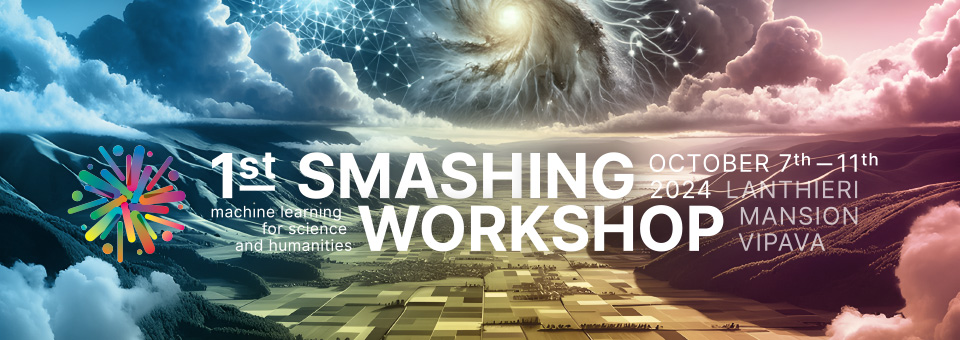Speaker
Description
The talk will cover some key modelling issues that come up when considering the long-term development of societies. Of particular importance is the topic of societal collapse as the archaeological record has numerous instances of the phenomenon. I will discuss some of the general modelling philosophy, relevant literature, my own work on ancient societies (Easter Island, the Maya, Roman Empire and Chinese dynasties) and implications for modern society. There are several modelling considerations unique to modern society that will be highlighted.
As a specific example we propose a simplified model of a socio-environmental system that accounts for population, resources, and wealth, with a quadratic population contribution in the resource extraction term. Given its structure, an analytical treatment of attractors and bifurcations is possible. In particular, a Hopf bifurcation from a stable fixed point to a limit cycle emerges above a critical value of the extraction rate parameter. The stable fixed-point attractor can be interpreted as a sustainable regime, and a large-amplitude limit cycle as an unsustainable regime. The model is generalized to multiple interacting systems, with chaotic dynamics emerging for small non-uniformities in the interaction matrix. In contrast to systems where a specific parameter choice or a high number of dimensions is necessary for chaos to emerge, chaotic dynamics here appears as a generic feature of the system. In addition, we show that diffusion can stabilize networks of sustainable and unsustainable societies, and thus, interconnection could be a way of increasing resilience in global networked systems. Overall, the multi-systems model provides a timescale of predictability (300-1000 years) for societal dynamics comparable to results from other studies, while indicating that the emergent dynamics of networks of interacting societies over longer time spans is likely chaotic and hence unpredictable.

